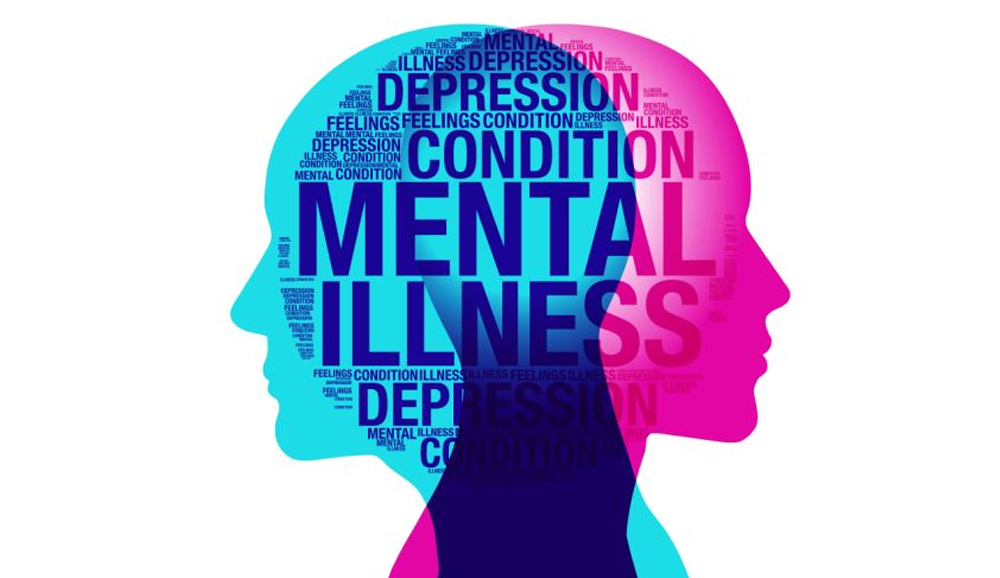Mental Health at the Workplace: Managing Stress and Building Resilience
In today’s fast-paced and high-pressure work environments, mental health is often overlooked, despite its significant impact on overall productivity, employee satisfaction, and workplace safety. With rising awareness of mental health issues, it’s becoming increasingly important for companies to take proactive steps in creating a healthy, supportive environment where mental well-being is prioritized.
This blog explores why mental health at the workplace matters, strategies for managing stress, and how fostering resilience can lead to a safer and more productive workforce.

Why Mental Health Matters in the Workplace
Workplaces are often stressful environments due to heavy workloads, tight deadlines, interpersonal conflicts, and financial pressures. According to the World Health Organization (WHO), mental health issues like stress, anxiety, and depression are major contributors to absenteeism, presenteeism (where employees are present at work but not fully engaged), and high turnover rates.
In fact, mental health issues cost global businesses billions of dollars annually in lost productivity, healthcare costs, and increased absenteeism. For example, the American Psychiatric Association estimates that workplace stress costs the U.S. economy approximately $300 billion each year due to lost productivity, stress-related illnesses, and absenteeism.
Beyond the financial implications, untreated mental health issues can lead to workplace accidents, reduced morale, and a toxic organizational culture. In a healthy workplace, employees feel supported, heard, and equipped with the right tools to manage stress, which directly contributes to safety, productivity, and engagement.
The Link Between Mental Health and Workplace Safety
Safety in the workplace isn’t just about protecting employees from physical hazards; it’s also about ensuring their emotional and psychological well-being. Mental health issues, particularly stress and burnout, can affect an employee’s ability to focus, make decisions, and react appropriately in emergency situations.
Stress and anxiety can lead to:
- Impaired judgment: When employees are stressed or anxious, their ability to make sound decisions and assess risks may be compromised.
- Decreased alertness: Mental fatigue makes it harder to stay focused on tasks, especially repetitive or dangerous work.
- Increased likelihood of accidents: High levels of stress and burnout are linked to impaired coordination, slower reaction times, and an increased risk of workplace injuries.
Creating a mentally healthy workplace not only protects the well-being of employees but also plays a crucial role in reducing workplace accidents and injuries. When employees are mentally resilient and have the right tools to manage stress, they are better equipped to respond to safety protocols, identify hazards, and perform tasks effectively.
Strategies for Managing Stress at Work
Stress is inevitable, but it can be managed with the right strategies. Here are some effective ways to help employees manage stress and maintain their mental well-being at work:
1. Open Communication Channels
Create a work culture where employees feel comfortable discussing their stress, concerns, and mental health issues. Encouraging open communication ensures that employees don’t feel isolated or stigmatized by mental health challenges. Providing a confidential employee assistance program (EAP) or counseling services can also be incredibly beneficial.
2. Encourage Work-Life Balance
Long hours, excessive workload, and the pressure to constantly perform can lead to burnout. Encourage employees to take regular breaks, use their vacation days, and leave work on time. Managers should lead by example by maintaining a healthy work-life balance themselves.
3. Offer Stress-Relief Programs
Consider implementing programs such as meditation, yoga, or mindfulness sessions. These activities help reduce stress and improve concentration, which can have a positive impact on both mental health and productivity.
4. Provide Mental Health Resources and Training
Training for managers and employees on recognizing signs of mental health issues can make a big difference. Equip employees with tools for managing stress, such as time management techniques, relaxation exercises, and coping mechanisms.
5. Foster a Positive Work Environment
Create an environment where employees feel valued, supported, and appreciated. Positive reinforcement, regular feedback, and recognition of achievements go a long way in reducing stress and boosting morale.
6. Promote Physical Health
Physical well-being is closely tied to mental health. Encourage employees to take part in fitness programs, provide ergonomic workstations, and support healthy eating habits in the workplace. Regular physical activity can help combat the physical effects of stress, such as tension and fatigue.
Building Resilience: Key to Long-Term Mental Health
In addition to managing stress, building resilience is essential for long-term mental well-being. Resilience is the ability to bounce back from setbacks, cope with challenges, and adapt to change. Resilient employees are better equipped to handle workplace stress and are less likely to experience burnout.
How to Build Resilience at Work:
- Foster a Growth Mindset
Encourage employees to view challenges as opportunities for growth rather than obstacles. When individuals believe they can overcome challenges, they become more resilient in the face of adversity. - Develop Problem-Solving Skills
Equip employees with problem-solving skills to help them feel more in control of difficult situations. When employees feel empowered to find solutions, it boosts their confidence and reduces feelings of helplessness. - Encourage Social Support
Building a strong support system within the workplace can significantly enhance resilience. Encourage team-building activities and peer support systems, which can create a sense of belonging and emotional safety. - Promote Flexibility and Autonomy
Allow employees some flexibility in how they approach their work. Giving them the autonomy to make decisions can reduce feelings of stress and increase their ability to handle challenging situations. - Recognize and Reward Effort
Acknowledge the hard work and resilience of employees, especially during times of stress. Recognizing effort, not just results, fosters a sense of accomplishment and strengthens emotional resilience.
Conclusion: The Bottom Line for Employers
By addressing mental health in the workplace and taking steps to manage stress, organizations can create a culture of safety, support, and productivity. Employees who are mentally healthy are more engaged, less prone to accidents, and more likely to contribute positively to the company’s success.
Incorporating mental health initiatives into your workplace safety programs can lead to:
- Reduced absenteeism
- Lower turnover rates
- Fewer workplace injuries
- Improved employee morale and productivity
Creating a mentally healthy workplace is not just a moral obligation—it’s an investment in your business’s long-term success. Prioritize mental health, and you’ll build a stronger, more resilient, and more productive workforce.
Take Action Today
If you’re interested in incorporating mental health support into your workplace safety programs, Yellow Tulips Resources offers a range of OSH training services, including stress management, conflict management, and ergonomic injury prevention. By investing in comprehensive OSH training, you can foster a safer, healthier, and more productive work environment for your team.
Contact us today to learn more about how we can help you create a resilient and mentally healthy workplace!
